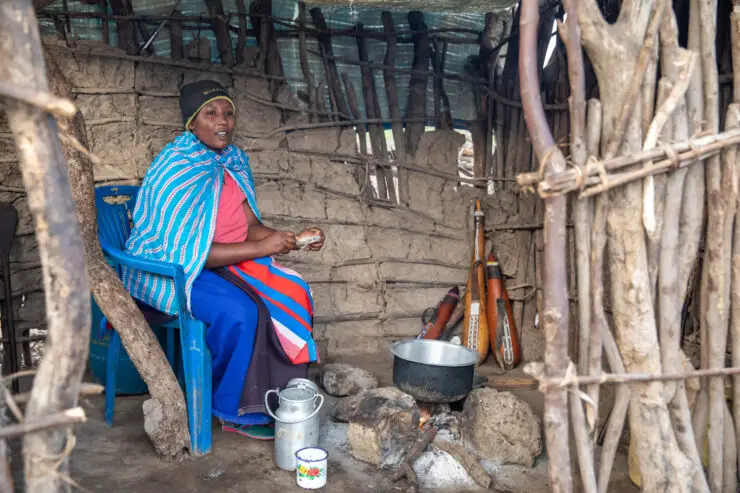As an Amazon Associate I earn from qualifying purchases. Please read the disclaimer for more info.
The Maasai people are one of the many tribes that call Tanzania home, and Maasai food is a simple yet important reflection of their culture.
When most people think of Tanzania, they picture the Serengeti and its wildlife. But there is so much more to this East African country than just animals.
We visited a small Maasai village with Leah Lazaro and Mois Sabore, founders of Tecodeo, a non-government educational outreach program dedicated to improving the lives of women and children in the Maasai tribes.
More details of this program are below.
The Maasai People of Kenya and Tanzania
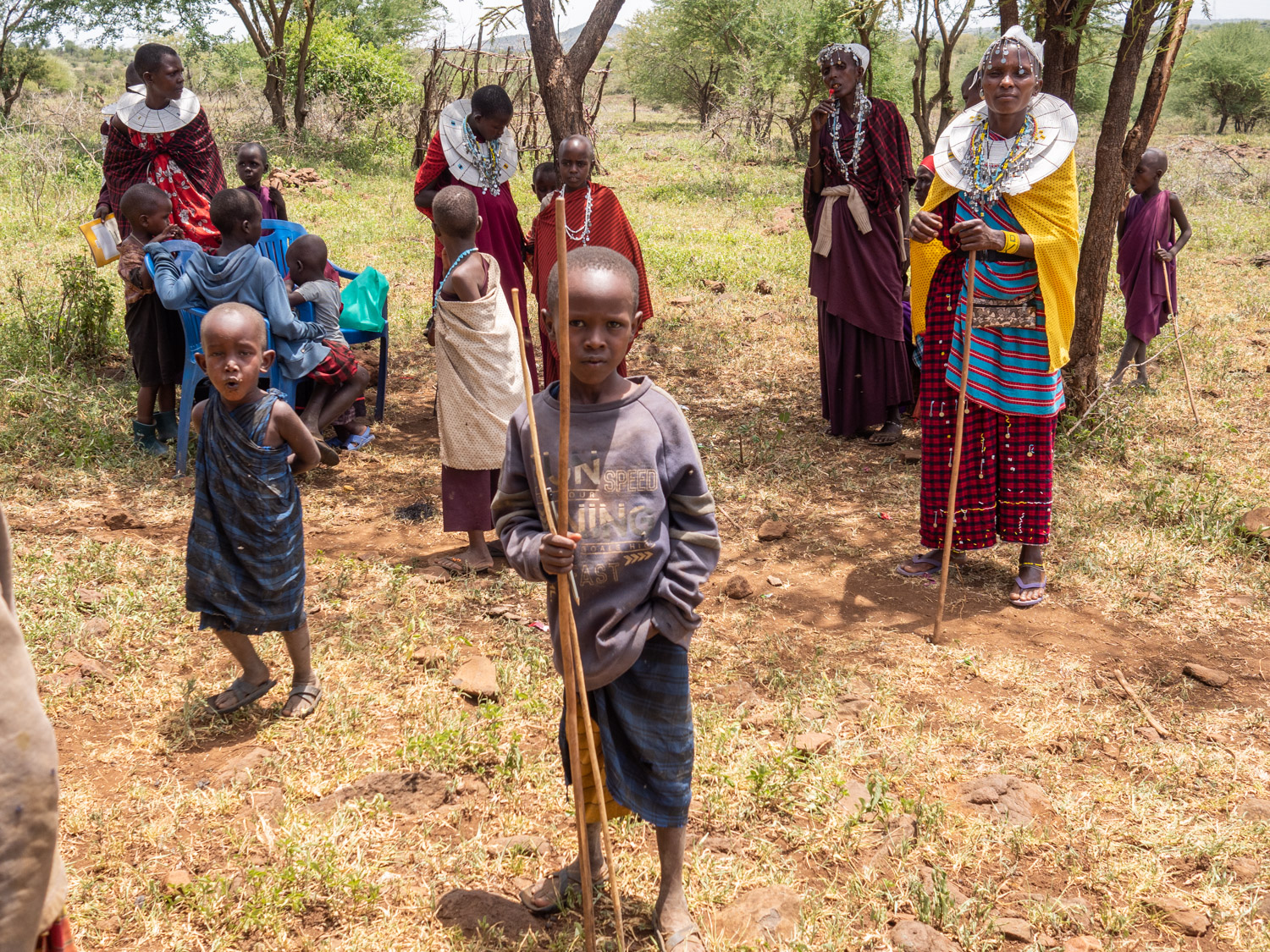
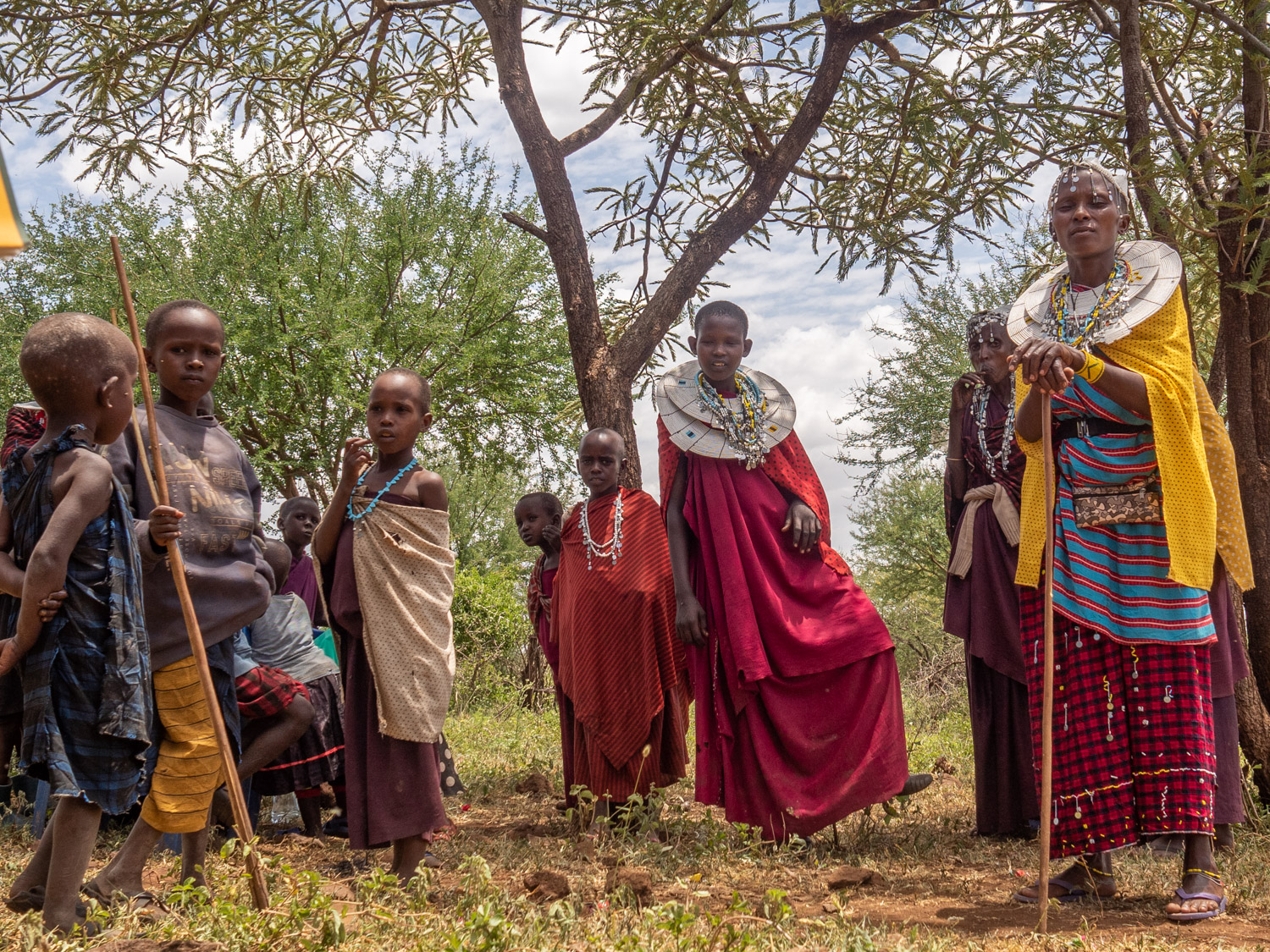
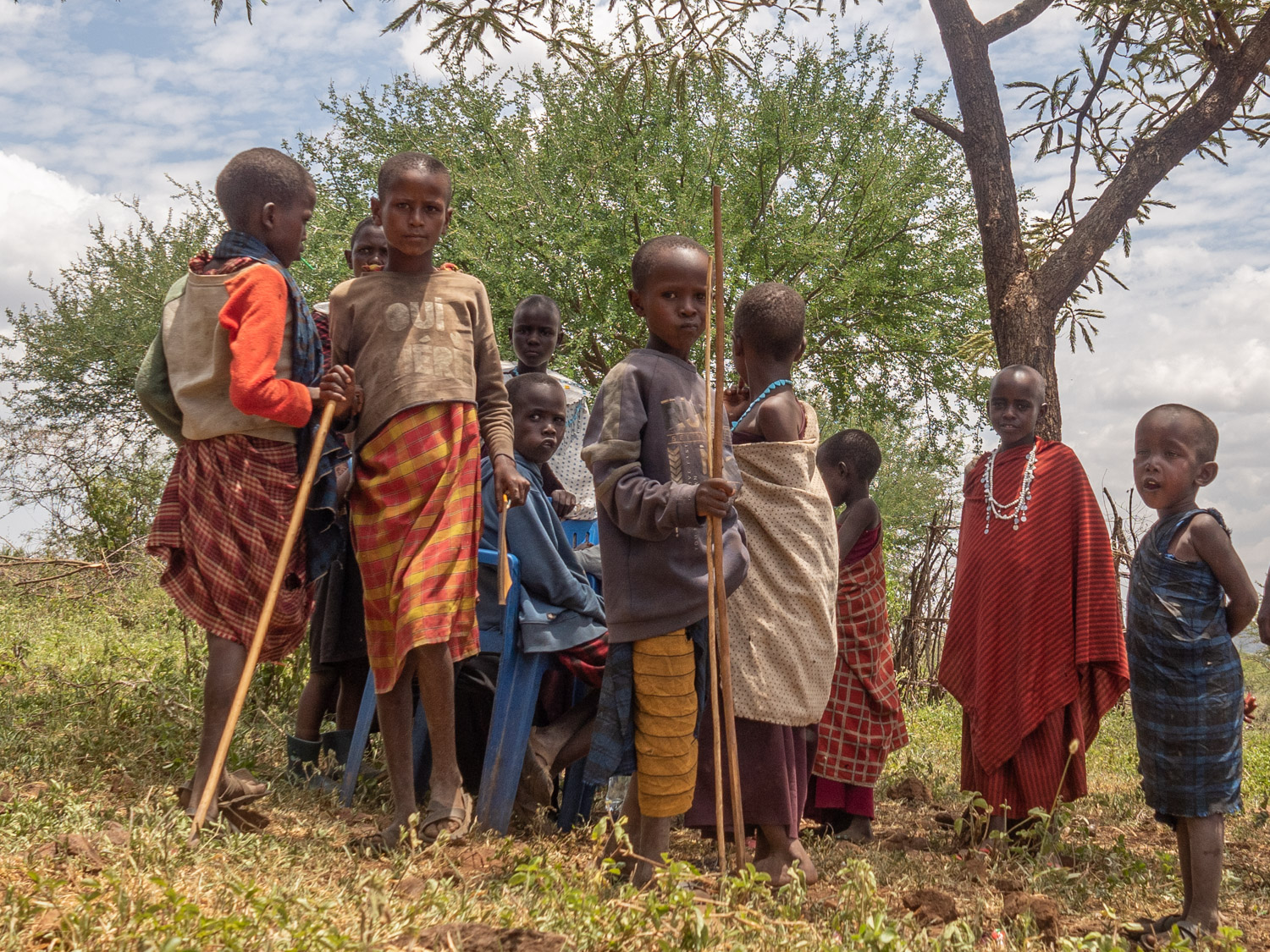
The Maasai people are one of the most iconic tribes in Africa, living a traditional lifestyle focusing on their livestock.
Originating in southern Kenya and northern Tanzania, they are nomadic people who travel between their homeland known as ‘Maasailand’ and the neighboring national parks to graze their cattle.
Acknowledged worldwide for their unique customs and way of life, they are primarily known for men wearing bright red robes and carrying long spears. However, this is often performed during special celebrations only.
Maasai cultures rely heavily on natural resources while remaining completely sustainable; every part of every animal is used to produce food, clothing, or tools – nothing goes to waste!
Simple Existence
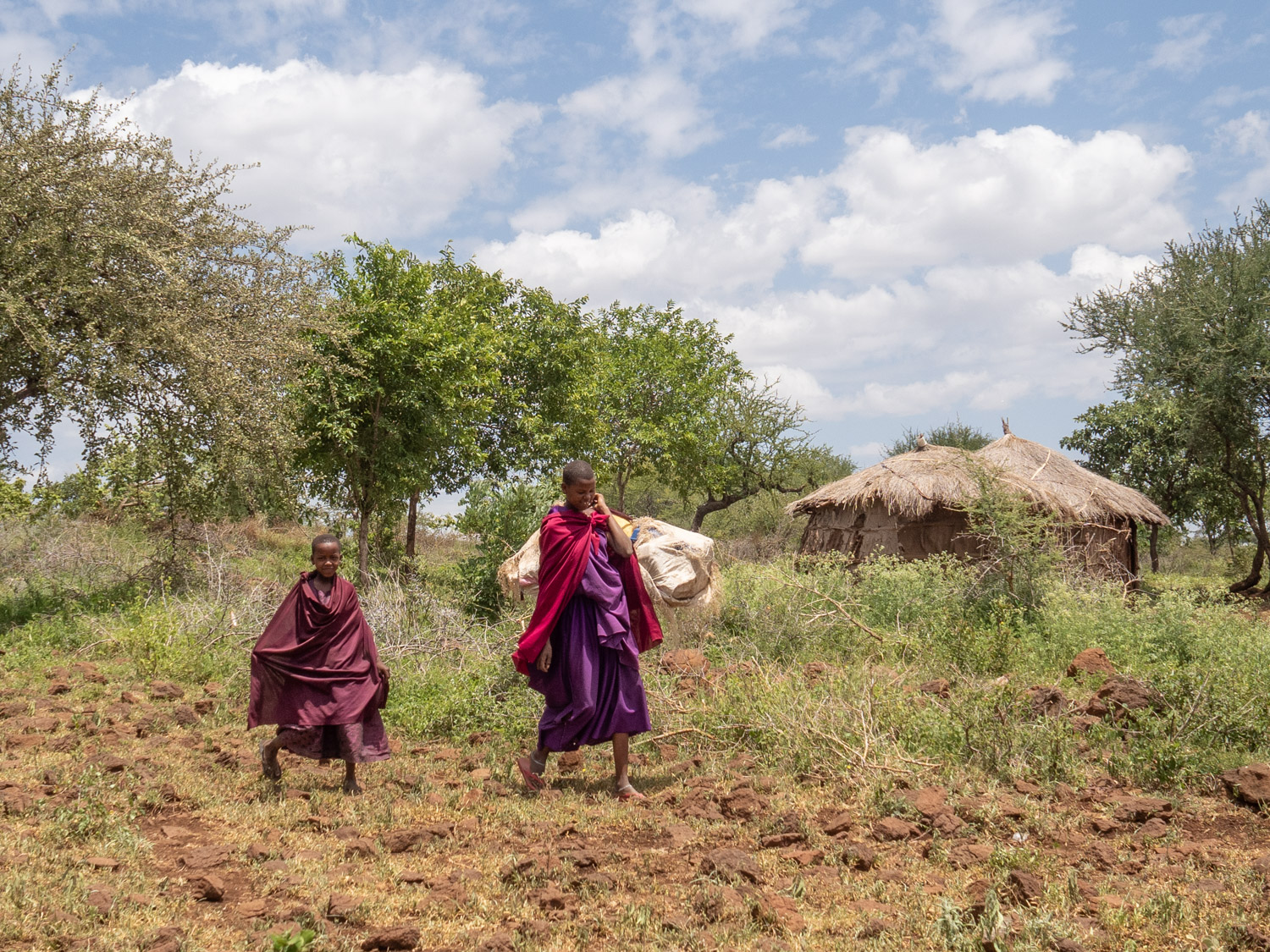
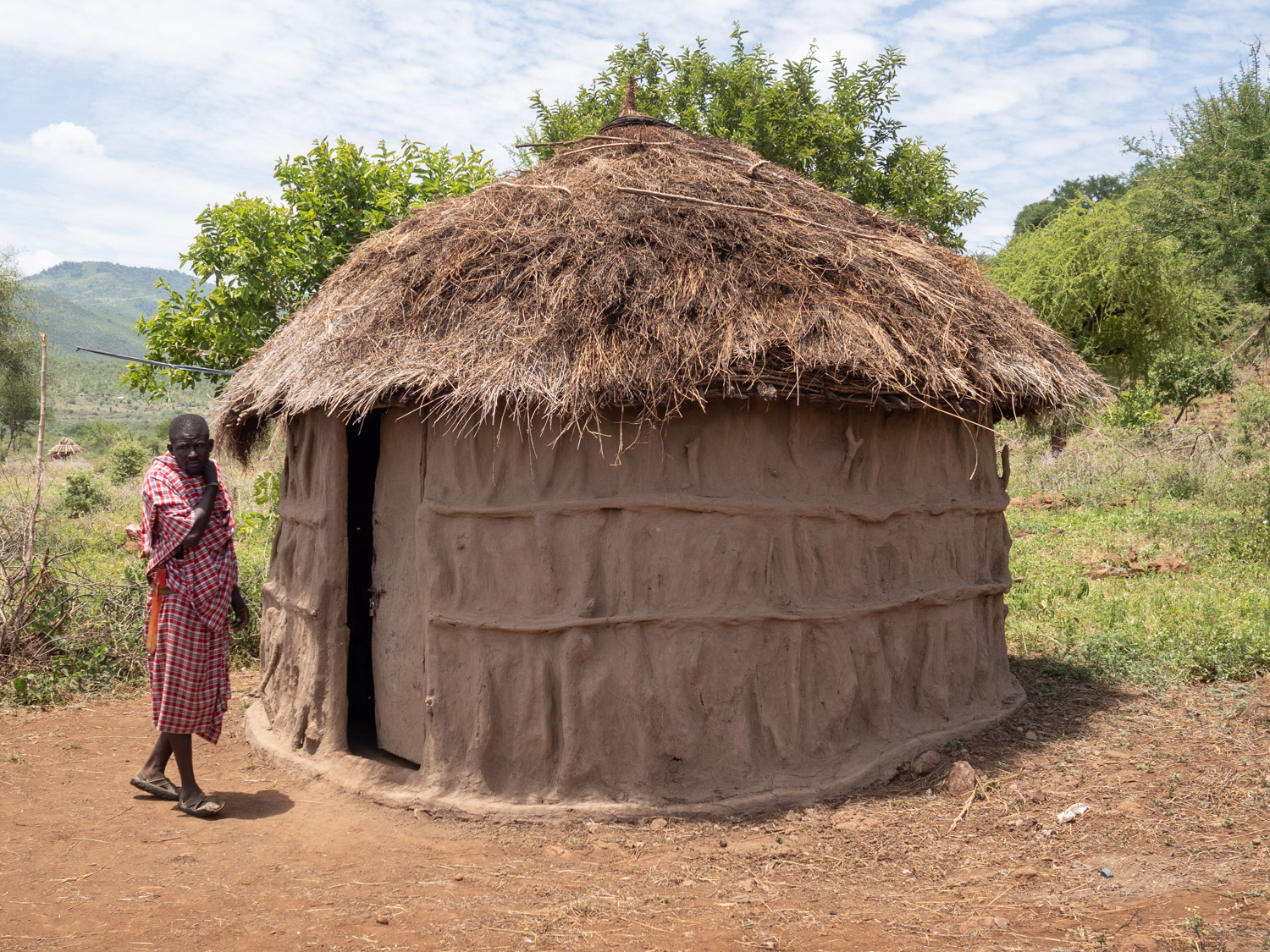
The Maasai village we visited is located about an hour west of Monduli, Tanzania, just off the A-104 highway. Access was by combining 4WD (and the famous African massage) and walking once the track became too challenging to pass.
The Maasia living in remote villages cannot access electricity or running water. Water is fetched from surrounding lakes and carried on the villagers’ backs, usually the women and children.
Traditional Maasai food culture activities include nomadic herding of cows, goats, and sheep, hunting small game animals, gathering wild plants, and raising crops.
The Maasai’s unique mode of subsistence depends heavily on their cattle – not only do they rely on the milk from these animals for sustenance, but a family’s wealth is usually determined by the number of cattle held.
Cattle herding has become a defining characteristic of the Maasai community, one that holds immense cultural value for them and continues to purpose within their society today.
The road from Arusha to the village was filled with cattle, sheep, and goat herding.
Traditional Maasai Diet
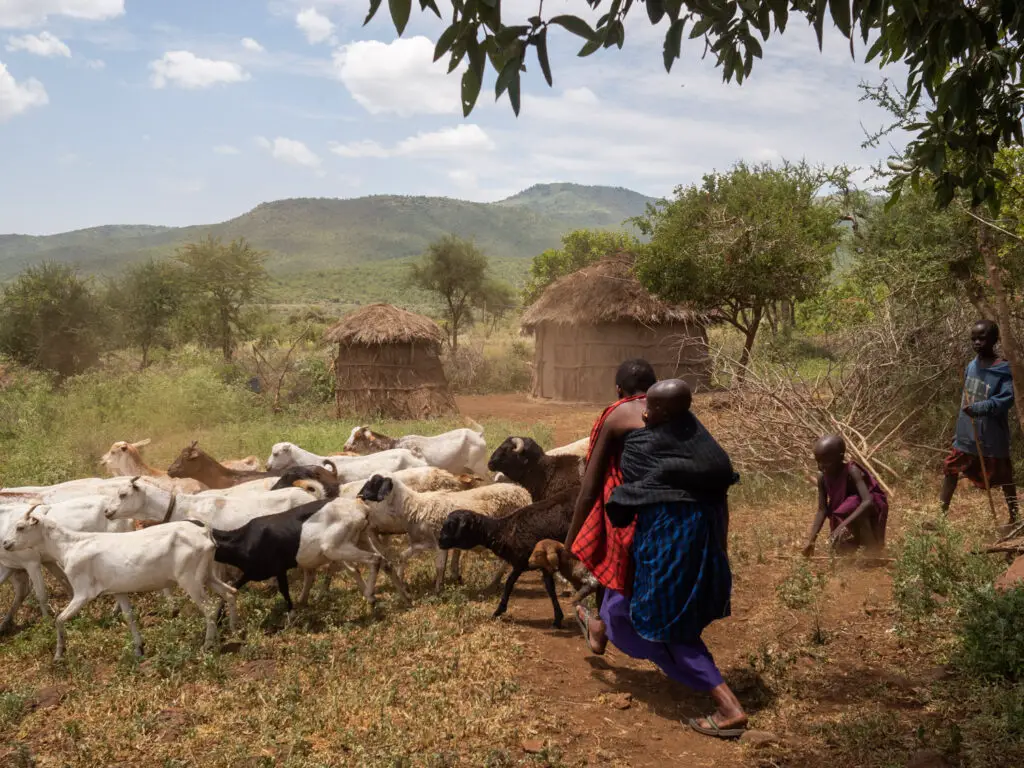
The Maasai people’s traditional diet was far more straightforward than I had imagined.
Mainly consisting of meat and milk taken from cows and a true delicacy – blood drawn from cows – this diet is unique compared to other African tribes in the region.
The raw blood is drawn from the cow’s neck using a sharp blade attached to an arrow and fired from close range into the cow’s jugular artery with surgical precision.
The animal blood is drained before the wound is covered, and the cow is put back into the herd.
The bovine blood is drunk raw or boiled, with the blood mixed with milk in fermentation chambers to produce a thick yogurt consistency, and it is often used as a ritual drink for ceremonial purposes.
This way of eating is believed to serve more than its nutritional value; it symbolizes an ancient connection between the Maasai and their livestock.
The cow provides everything they need to survive and is an important component of their daily lives and the traditional Maasai diet.
Maize, Beans, and Greens – Maasai Food Staples
While many of us eat a variety of fresh fruits and vegetables, no access to running water in some areas means other food items such as maize meal, beans, and greens are staples that must feed entire populations.
One strong memory was the lack of fruit available to the village. With arid soil in the region, even the local markets would offer little by way of fruit.
The nutritional content in these traditional foods varies depending on the area and its climate, but the base staples of maize and beans often form an essential part of people’s diets.
Greens such as cabbage, spinach, and kale are also found in many local dishes and provide access to important nutrients.
This staple food produces a population with low blood pressure, low cholesterol levels
The Maasai Food Culture
The Maasai culture of East Africa has a strong cultural identity that is represented through the food they produce and consume.
Their cuisine offers an abundance of flavors reflected in their dishes, ranging from grilled meat and different types of porridge to coagulated blood.
The varied ingredients for such diets are sourced from their herds or local markets and then cooked together over an open flame, adding an extra layer to their culinary experience.
In the village we visited, a separate hut was designated for the kitchen, allowing for more elaborate meals to be cooked.
It’s not just the taste that’s important; the ritual and tradition of making the food further strengthens their cultural identity and continues to define who they are as a people.
The Maasai are a proud people with a strong cultural identity. Their traditional way of life is something to be admired, and Maasai food is an important part of that.
Tecodeo (TENG’ENA Community Development Organization)
We visited the Maasai village with the support of Tocedeo, a non-government charity helping over 30 Maasai villages, intending to reach many more. The key aims of the charity are:
- to eradicate early marriage
- to educate the effects of female genital mutilation to the community
- to provide support to poor children with school fees, food, and other expenses
- to provide education on water and environment conservation.
Visit their website to learn more about how you can help. Or donate here
Summary of Maasai Food culture
If you enjoyed this look at the Maasai food culture and the use of food for special occasions, then you may be interested in these posts:

